Syrian War was a place to sell military hardware and gadget. Through real life experience of killing and bombing, it has provided the best “proof of concept” of the capability of Russian war machines. With a declaration of pulling out from Syria, an old chapter had ended but a new chapter has begun – selling fighter jets to potential buyers.
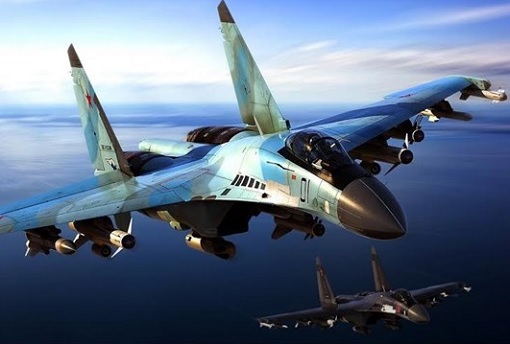
At the centre of the attention was the highly successful Russian military air campaign using Su-34 and Su-35. Deployed to Syria from the first day of the operation, Su-34 Fullback bombers were instrumental in bombing ISIS terrorist infrastructure facilities and command points. The badass Russian had also deliberately flown the Su-34 into the Turkish airspace.
But unlike the unfortunate Su-24 shot down incident by the Turkey Air Force earlier, the Su-34 intrusion was an act with backup from Russian’s deadly cutting-edge S-400 air defence system. As expected, the Turkish authorities couldn’t do anything except summoning the Russian envoy after the airspace violation.
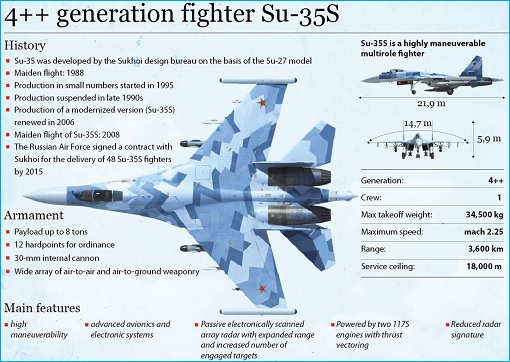
On the other hand, Su-35 was deployed to Syria later to provide protection to Russian fleet of Su-24 Fencer and Su-25 Frogfoot conducting raids in Syria. The selling point of Su-35 is its super-manoeuvrability. The Sukhoi Su-35 (NATO classification: Flanker E) is a 4++ generation aircraft uses fifth-generation technology. The only thing stopping it from being called a fifth-generation fighter is “stealth capability”.
However, the Su-35 can still detect a stealth aircraft such as the U.S. F-35 at a distance of over 90 kilometres. And since U.S.-made fifth generation F-35 and F-22A are not available for sale on the general market, Su-35 is the best option for countries wanting to get the latest fighter jets money can buy.
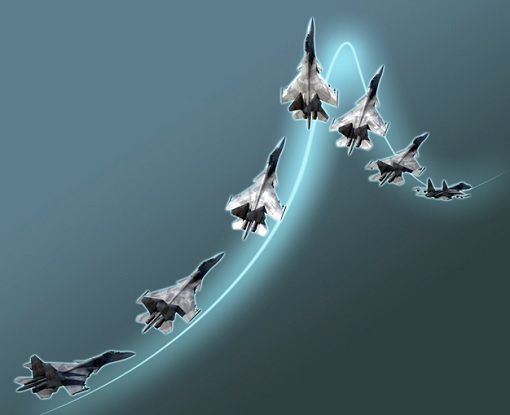
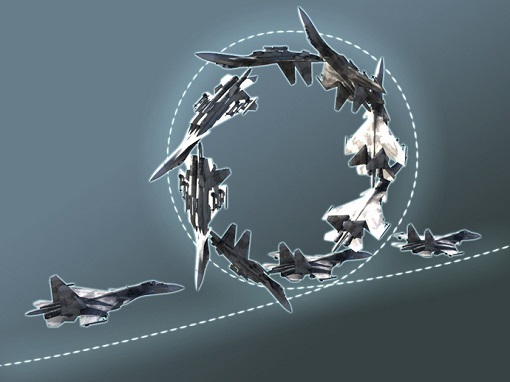
China became the first country to own the high performance multipurpose aircraft after Beijing signed a deal last November with Moscow for 24 pieces of Su-35S worth US$2 billion. Last month, Indonesia agreed to buy 10 units of Su-35 to replace its aging F-5 Tiger fleet. Due to huge orders, however, Indonesia could only see their first two units of Su-35 in 2018.
Algeria has been reported to be testing the Su-35 before deciding if they should spend roughly US$900 million for 10 of such fighter. Algeria is currently negotiating for a purchase of Su-32 bombers which could cost around US$500 million – US$600 million. According to Sputnik, India and Malaysia could be the next country to own Su-34 or Su-35.
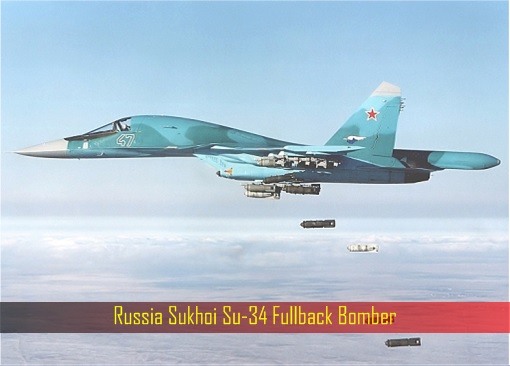
Malaysia has both of Russia’s most feared fighter – the MiG-29 and the Su-30. Although the MiG-29N is not the most advanced version of the type available, the “MiG” is still a beast feared by other fighters. In October 2010 the Malaysian government decided to retire the country’s MiG-29s because of their high operating costs, with the last piece to be phased out by 2015.
However, by 2015 the RMAF somehow decided to hold on to its fleet of MiG-29s. It’s estimated the MiG-29Ns currently in its inventory will probably last another 4 years, pushing their serviceability to 2020 with upgrade option to extend their lives. Part of the reasons to phase out MiGs has to do with RMAF’s Multi-Role Combat Aircraft (MRCA) program.
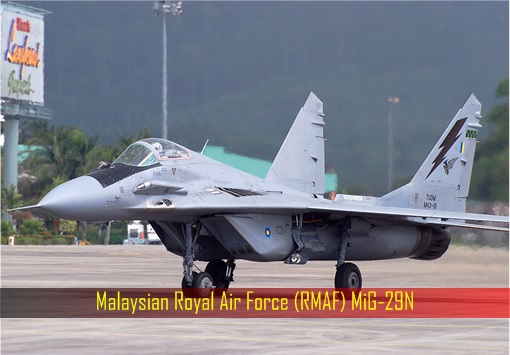
The RMAF (Royal Malaysian Air Force) also has U.S.-built aircraft in its inventory, about 8 units of F/A-18D Night Attack configured Hornets. These heavily configured American Hornets (1997) were purchased together with Russians MiG-29Ns (1995) in the early 1990s. About 13 BAE Hawk Mk 208 advanced weapons trainers complement RMAF inventory.
But the most advanced fighter jets in RMAF’s inventory are the 18 Russian-built Sukhoi Su-30MKMs Super Flanker purchased in 2003 for US$900 million, with delivery between 2007 and 2010. These Su-30MKM were specially customized for Malaysia hence at the time of delivery, Su-30MKMs were the most advanced and heavy fighters in South East Asia.
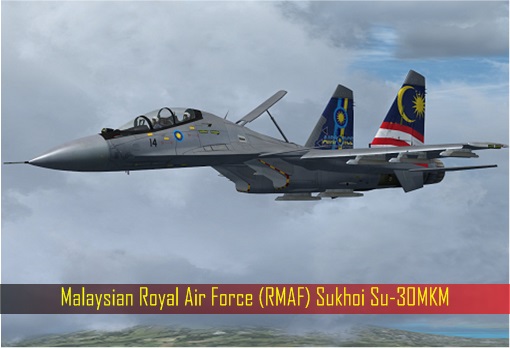
According to the RMAF’s MRCA plan, the existing 12 MiG-29s would be replaced with 18 new fighters. An initial Request for Proposals (RFP) was issued in March 2011 and the offerings on the table include Boeing F/A‑18E/F Super Hornet, Dassault Rafale, Eurofighter Typhoon and Saab JAS 39 Gripen.
The grand plan was to have 36 aircraft of latest technology. Unfortunately, by 2015 the prices of crude oil, palm oil and other export commodities plunged. The tumbling Ringgit currency would mean new fighter jets acquisition extremely expensive. Prime Minister Najib Razak’s RM42 billion 1MDB scandal and US$1 billion donation scandal didn’t help the situation.
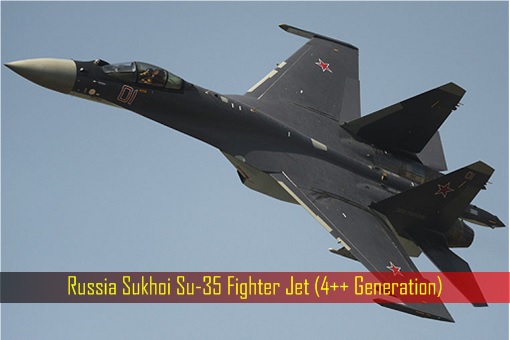
Therefore, is Najib administration trying to commit suicide by buying either Russian-made Su-34 or Su-35 or both? Well, judging by how the prime minister adopts arm-twisting policy towards his critics lately, it’s safe to say he doesn’t care about new allegations of corruption or abuse of power even if his cousin Defence Minister Hishammuddin Hussein were to bulldoze the purchase.
One has to remember that the main reason China bought 24 Su-35s has nothing to do with its needs but everything to do with U.S.’s move into Asia, consistently provoking the Chinese military in the South China Sea in the Spratly Islands dispute. With U.S. entry into the region, it brings along the fifth-generation F-35. Therefore, China is retaliating with similar fighter – Su-35s.
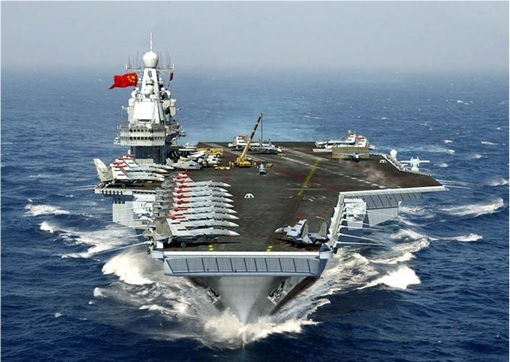
In the same breath, Najib administration could play the same card – Spratly Islands dispute – to justify new purchase of Russian Su-34 and Su-35 in order to keep up with the latest crisis. But does it make military sense to purchase Su-34 and Su-35 when RMAF already owned 18 pieces of Su-30MKM? Defence Minister Hishammuddin can always use Indonesia as an example.
Neighbour Indonesia has placed an order for 10 units of Su-35 even though the Indonesian Air Force flies Su-30, Su-27, MiG-21, BAE Hawk Mk 209 and F-16. So, it makes perfect sense for Malaysia to copy Indonesia by buying more Sukhoi fighters. After all, at US$65 million a piece, Su-35 is cheaper as compared to US$98 million to US$110 million price tag for U.S.-built F-35.
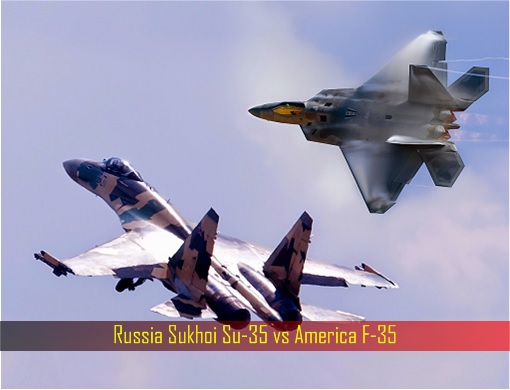
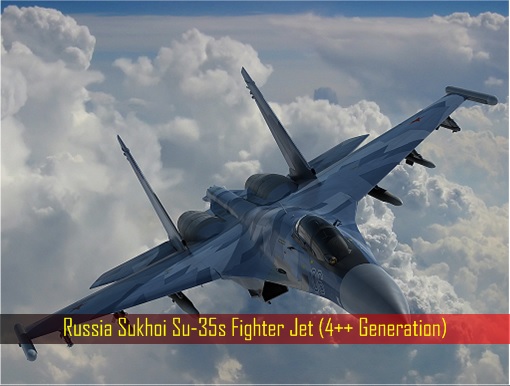
Still, Najib Razak and his cousin Hishammuddin Hussein have to consider between spending billions more on Su-34 and Su-35 and the economy reality. His scandals are far from over and the last thing he wants is to add another crisis during the present economic uncertainties. The cousin brothers could be accused of pocketing millions in commission, mirroring the Scorpene submarine scandal.
Other Articles That May Interest You …
- Panama Papers – The Secrets Of Dirty Money – From King Salman To Lionel Messi
- The WSJ Is Hustling Razak Family – Nazir Could Have Committed Money Laundering
- Not Over Yet – Here’re Some Of Russia’s Awesome Military Hardware In Syria
- Najib, Did You Hide The “Spend US$375 Million As You Like” Letter?
- Why China Can “Take” Any Island In South China Sea … And Get Away
- U.S. Provoking To Start A War With China? Bring It On!!
- Congrats Najib, There’re 2 Terror Groups Under Your Regime
- Now Everyone Can Fly … Into Malaysia Undetected

|
|
April 7th, 2016 by financetwitter
|


|

|

|

|

|

|

















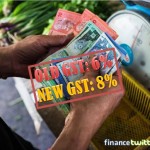


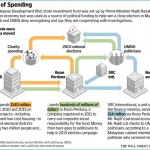




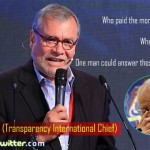


Comments
Add your comment now.
Leave a Reply